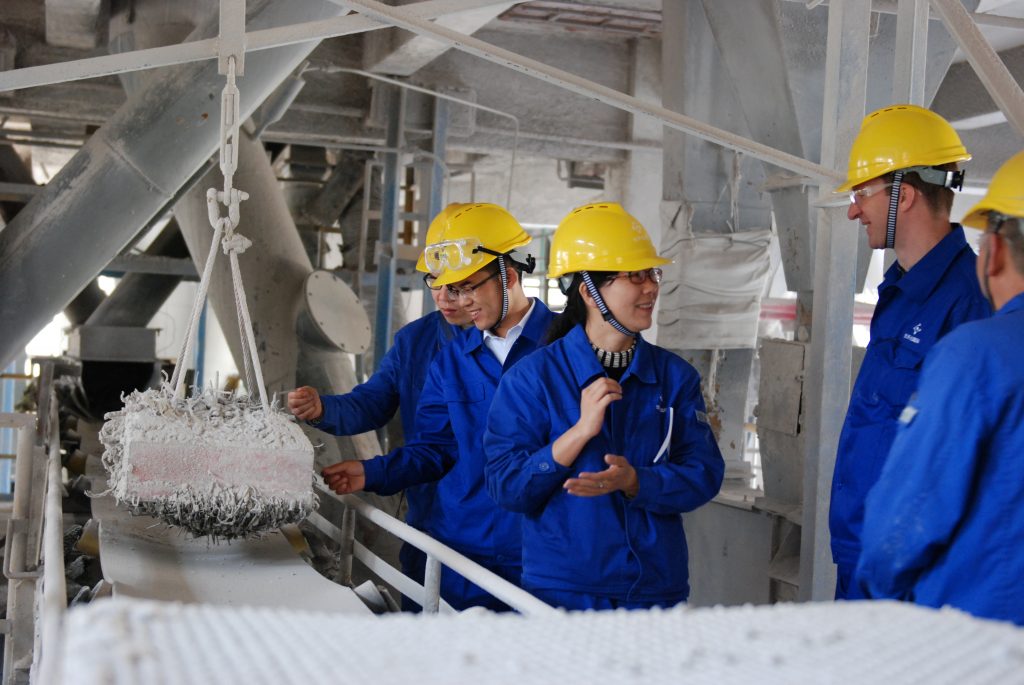Next Topic
Select SDGs to find out how we are taking action in support of the UN Substinable Development Goals
2023 ISRAEL CHEMICALS LTD. | ALL RIGHTS RESERVED

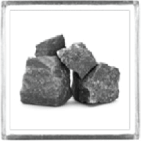
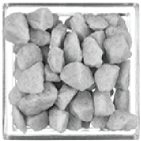
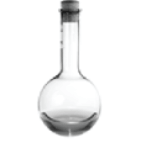
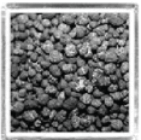
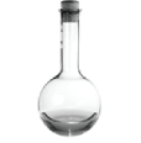
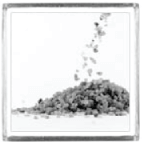
The average production capacity at the Haikou Mine in 2021 increased to approximately 2.7 million tons per year, due to several projects, including the flotation expansion project.
The phosphate deposits at both mines are part of an extensive marine sedimentary basin in which the phosphate is situated in two layers – an upper layer and a lower layer. The thickness of the upper layer varies from 2.5 to 11 meters and is about 7.6 meters on average, whereas the thickness of the lower layer varies from 2 to 9 meters and is about 6.1 meters on average. The mining is executed based on layers and quality thereof. Each layer has 3 quality categories: Grade I (highest grade) > 30% P2O5, Grade II — 24%-30% P2O5 and Grade III — 15%-24% P2O5. Structurally, the Haikou Mine is moderately complex, which requires precision mining that is accomplished through use of relatively small mining tools. The phosphate is covered by hard rock layers that require blasting, except for the upper ground level, which is removed and used for reclamation of the mined areas. The phosphate layers are also partially hard and require blasting.
The mining method in the Haikou Mine is conventional and done by open mining, using drilling, blasting, hydraulic excavators, mining trucks and tractors.
In the first stage, mining of the upper ground level is stripped and stored or spread out over mined areas for purposes of reclamation. In the second stage, drilling, blasting and stripping of the upper overburden level is executed. In the third stage, mining of the phosphate is performed by drilling and blasting every layer separately (between which an interburden layer exists, having a thickness of 11 meters, which is also drilled, blasted and stripped). The phosphate is then loaded on trucks and transported to beneficiation plants.
Based on the patches’ appearance of the medium and high-grade phosphate, mining is performed using small mining tools, trucks that have a capacity of 40 tons and excavators that have a bucket capacity of 3 to 6 cubic meters.
For further information regarding our concessions in China including royalties, mining licenses, rights and other matters, and for descriptions of certain risks relating to our operations in China, see Note 18 of our Audited Financial Statements and Item 3 — Key Information — D. Risk Factors, respectively.
During 2021, we entered the fast-growing Electric Vehicles (EV) market segment through the sale of phosphate-based raw materials for the production of lithium iron phosphate LFP batteries in China. We expect to grow this business in the coming years by increasing production capacity, adding global R&D collaborations and by developing additional innovative solutions.
As part of YPH’s circular economy efforts, it develops a variety of different uses for phosphogypsum. In addition to existing solutions, that were already developed and implemented, the Company has developed a new solution for integrating phosphogypsum into road paving. A full-scale pilot is expected to be carried out in China in 2022.
Read MoreSince 2009, YPH has been conducting a major project designed to eliminate all wastewater output. This “zero discharge” was achieved via cascade and grade utilization, recycling collection, reuse systems and other actions. Despite the addition of YPH to our reporting scope in 2016, total ICL wastewater amounts remained almost the same in 2016-2017 compared with 2015. This has also enabled a significant decrease in wastewater intensity, resulting from phosphate production.
The phosphate is a low organic type, and as such it is suitable for phosphoric acid production. Close to the Haikou Mine, there are two beneficiation plants: flotation and scrubbing. These facilities are accessible by road, and the scrubbing plant is accessible by road and rail. The output of these facilities is designated for the production of acids and fertilizers, and is located several kilometers from the Haikou Mine. The mine itself has four sulfuric acid factories, three green phosphoric acid factories, one factory for the manufacturing of technical grade white phosphoric acid, one factory for manufacturing of food grade white phosphoric acid and six additional fertilizer factories. These factories are powered by electricity generated from the sulfuric acid production process as well as from the national power network. These facilities have been continuously developed and maintained for the last 40 years and are in a good condition. Access to the production site is by road and rail.
YPH in China strives to continuously improve the environmental aspects of its operations and products. Adhering to the principle of "protection with development, development with protection", YPH attaches great importance to mine reclamation, with a reclamation rate of more than 90%.
